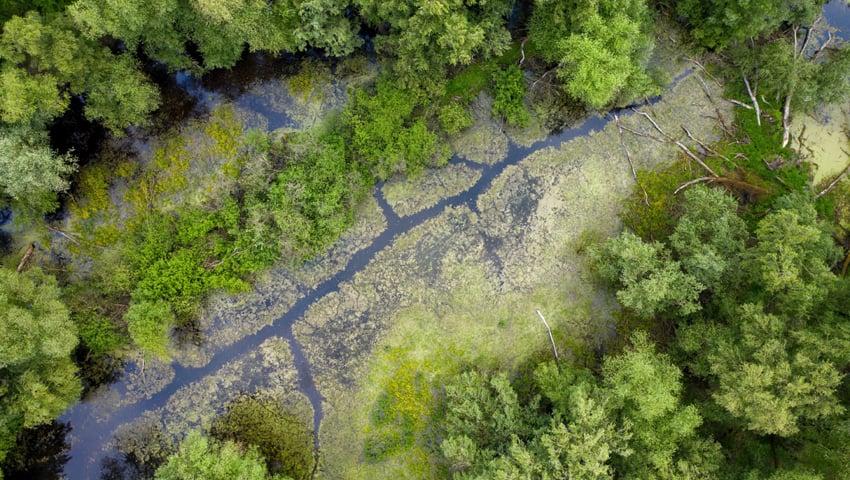With ecosystems, communities, and economies increasingly exposed to escalating climate risks, the Climate Bonds Initiative (CBI) has released updates to its green bond taxonomy to include the Climate Bonds Resilience Taxonomy which specifically addresses climate resilience investment opportunities.
This expansion comes in response to a critical adaptation finance shortfall, which a recent report from the United Nations Environment Programme estimates at US$194 billion to US$366 billion per year for developing countries alone.
When factoring in the needs of developed countries as well, the total required finance is even higher, underscoring the urgent need for scaling up finance flows toward Adaption and Resilience (A&R). This gap presents a significant opportunity for investment in a just and resilient transition.
The updated taxonomy offers the market much-needed clarity on what constitutes a credible investment in climate resilience. Sustainable finance, one of the fastest growing segments of global capital markets presents a substantial opportunity to help bridge the adaptation financing gap. To date, green bonds have channelled more than $3 trillion into sustainable projects, while the wider sustainable debt market—valued at over $5 trillion including social, sustainability, and sustainability-linked bonds—offers a clear path to meet these escalating needs.
Ujala Qadir, Director of Strategic Programmes at Climate Bonds Initiative, said, “Green bonds are a key tool for financing climate action. There is strong investor demand for green and other labelled bonds, and now we have a clear framework to expand the range of projects that can be included, bringing adaptation and resilience into the fold. This clarity allows us to unlock critical financing for resilience, helping to protect society, communities, and the most vulnerable from a warming world, while building thriving, resilient economies.”
The new definitions will enable bond issuers to identify resilient investments in the following areas: Agri-Food Systems, Cities & Settlements, Health, Industry & Commerce, Infrastructure, Natural Systems and Social Systems.
Assefar Hamid, Head of EMEA Sustainable & Impact Investing at Invesco, said, “This is a key step in guiding and mobilising investments towards adaptation and resilience projects. The taxonomy will help standardise information disclosures for what constitutes an adaptation investment, reducing confusion among issuers and encouraging more investors to explore this new investment thematic.”
In July the United Nations Secretary-General António Guterres issued a warning on the world’s “extreme heat epidemic”, after world temperatures reached the hottest levels ever measured three times that week.
According to the Intergovernmental Panel on Climate Change (IPCC), approximately 3.3 – 3.6 billion people already live in areas highly vulnerable to climate change, while the 55 most climate-vulnerable economies alone have experienced losses and damages of more than US$500 billion in the last two decades.
The net benefit on average of investing in more resilient infrastructure in low- and middle-income countries would be $4.2 trillion with $4 in benefit for each $1 invested, according to a report from the World Bank and the Global Facility for Disaster Reduction and Recovery (GFDRR).
Paul Smith, Consultant, Climate Change at United Nations Environment Programme Finance Initiative (UNEP FI) “Adaptation needs are rising year on year as the impacts of climate change are increasingly material and affecting businesses worldwide. Many of UNEP FI’s banking and insurance members are also reporting that climate adaptation is their number one concern. Until now, harmonised guidance on defining and identifying adaptation & resilience financing is either missing or not appropriate for mainstream financial institutions.”
